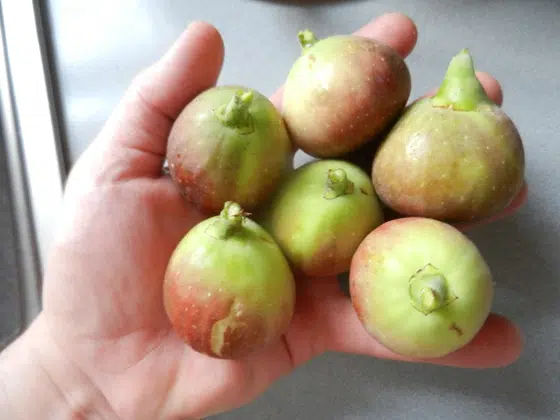
Mulch provides numerous benefits…
- helps to retain moisture in the soil areas where roots grow
- helps control weed and grass growth around the tree, which reduces competition for water and nutrients
- insulates the soil, protecting the tree from extreme temperatures
- adds nutrients to the soil as the mulch decomposes
- reduces the likelihood of damage from a lawn-mower or a weed-wacker
- gives planting beds a well-cared for, uniform look
The Do’s and Don’ts of Mulching
What mulch is best?
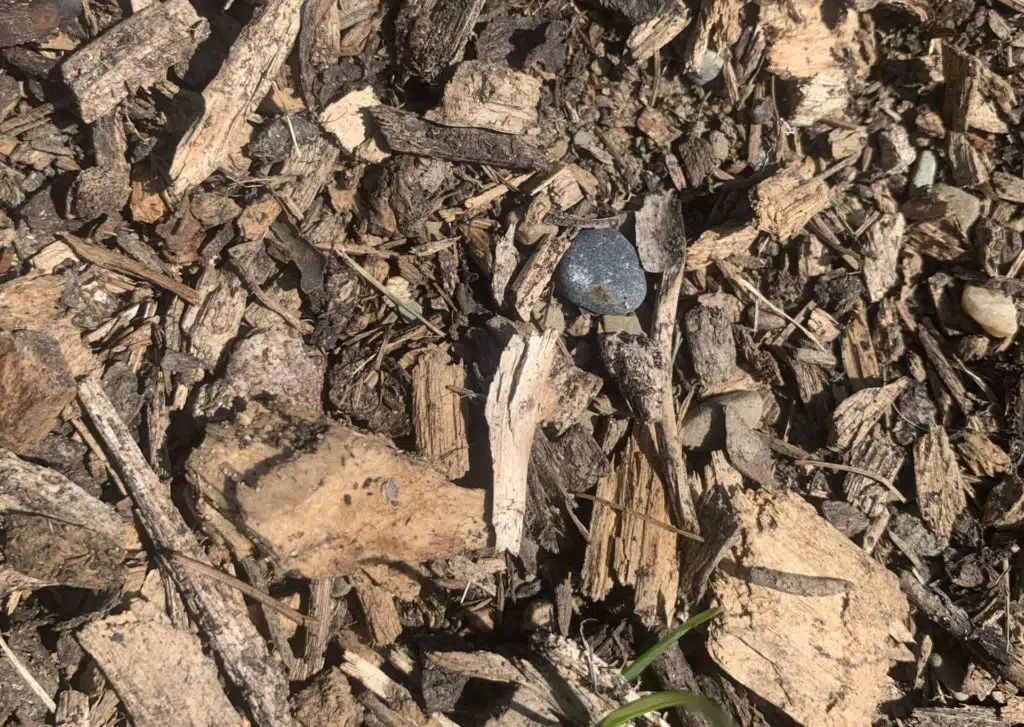
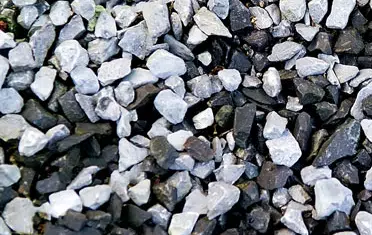
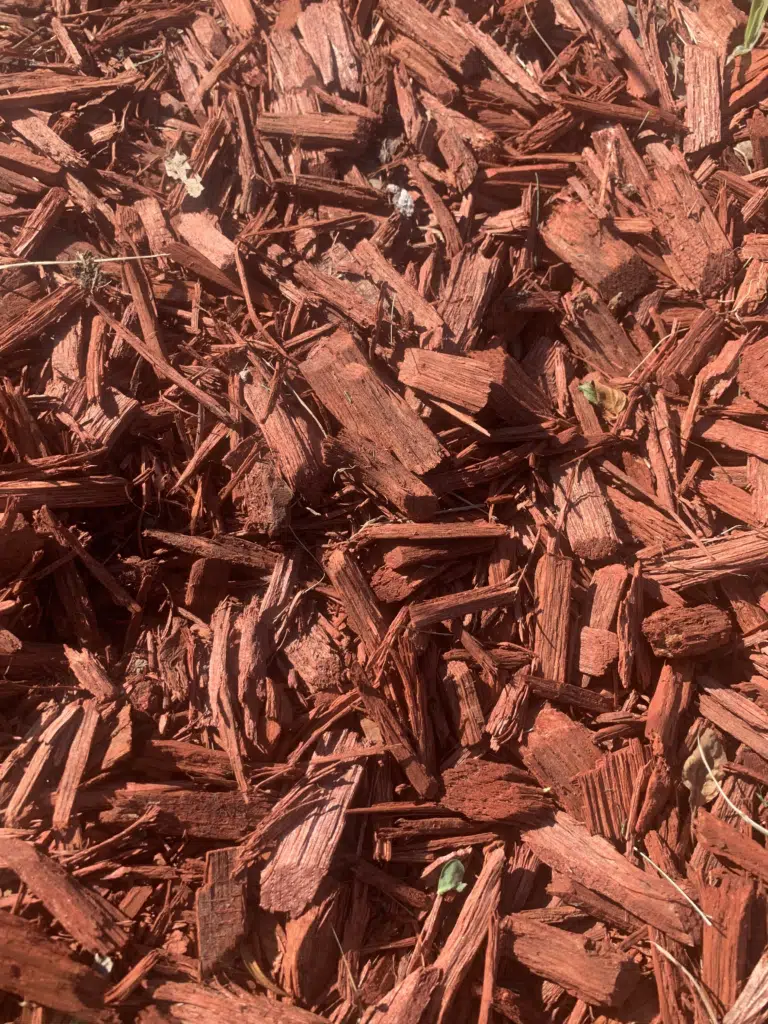
Organic, shredded (double or triple), hardwood mulch breaks down over the course of a season or two, increases the soil’s organic content to help beneficial bacteria thrive, and releases nitrogen into the soil to help plants grow. Dyed wood mulch may have some aesthetic appeal, but is usually made of shredded pallets which offers little to no nutrients to the soil when the chips break down. Inorganic Mulching with rocks, plastic barriers, or rubber should be avoided. These trap heat, don’t allow proper oxygen exchange, and deprive trees of nutrients.
How should mulch be applied to trees?
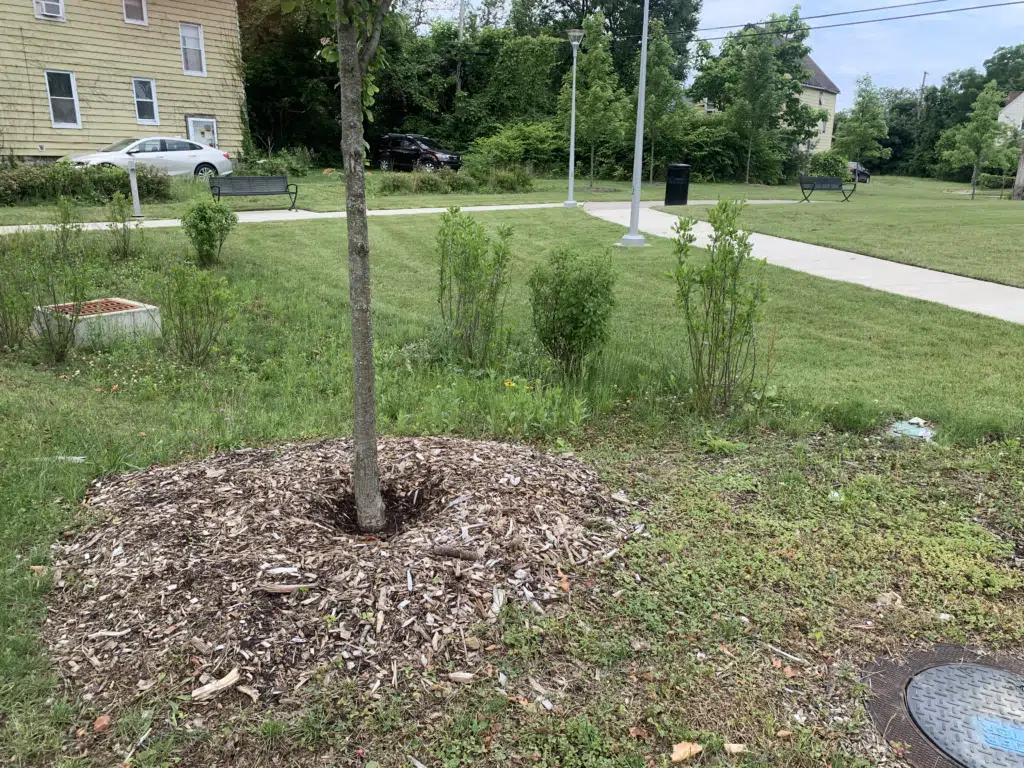
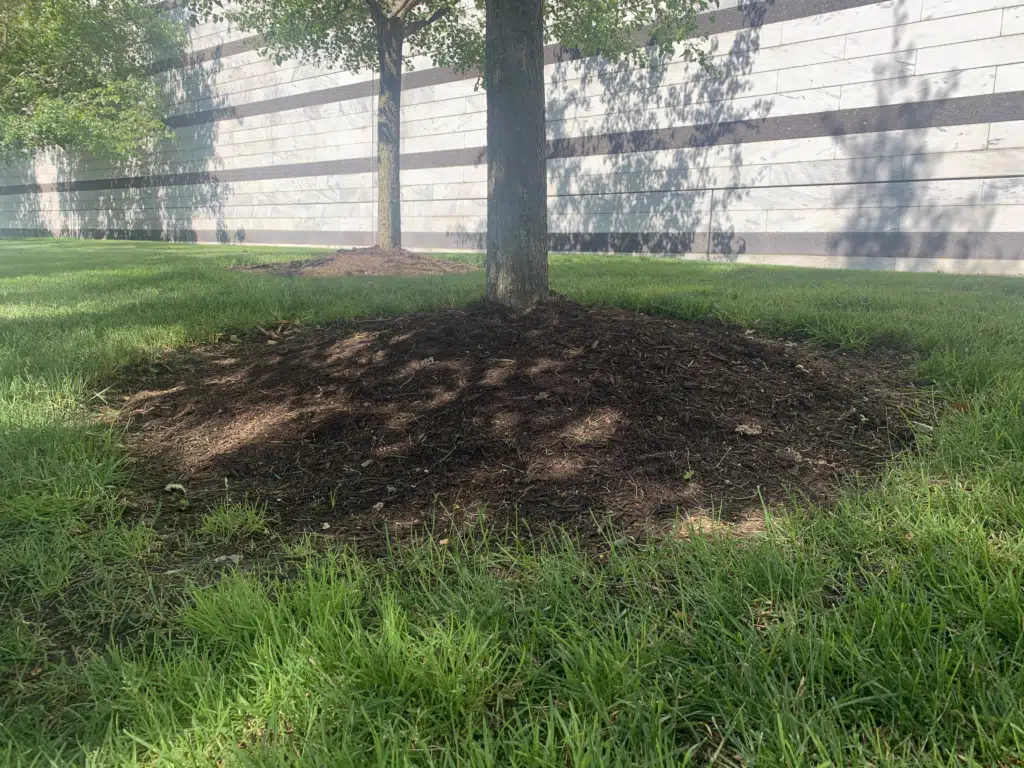
Follow the 3x3x3rule!
- Apply mulch…No higher than 3 inches
- At least3 feet radially from the trunk
- About 3 inches (or a fist’s width) from the trunk
- Make a DONUT shape… Not a VOLCANO!
Why is volcano mulching harmful?
Mulch that is too high or too close to the trunk can cause problems that damage your tree over time. Too much mulch can…
- Smother the tree’s roots, thus starving them of needed oxygen. In search for oxygen, the roots will often grow up through the mulch causing them to “girdle” around the trunk and cut off water supply.
- Cause excess moisture to build up between the mulch and the tree’s trunk. The excess moisture creates perfect conditions for root rot, which deteriorates the bark and creates an unstable foundation.
DIY: How to fix an over-mulched tree
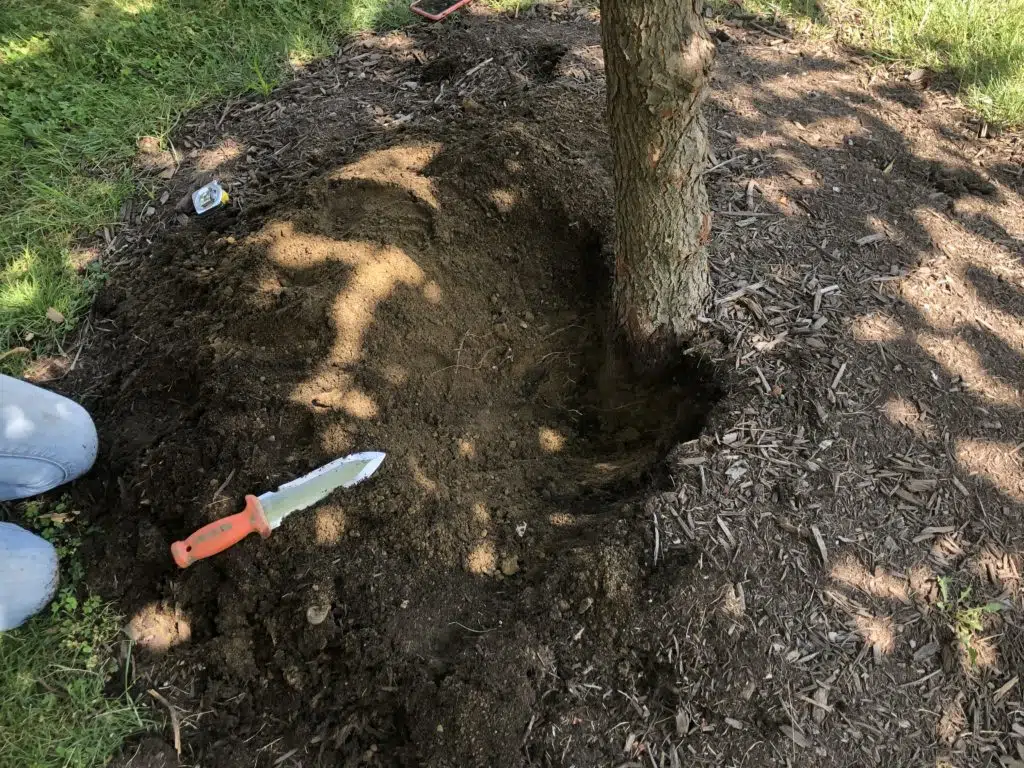
Remove the mulch volcano by gently digging it away from the trunk with hand tools to expose the root flare, taking care not to harm the roots. If the amount of soil and mulch is significant enough, and there’s evidence of problematic roots, consider a professional option such as air-tool excavation and root pruning.
Professional option: Air-powered excavation & root pruning
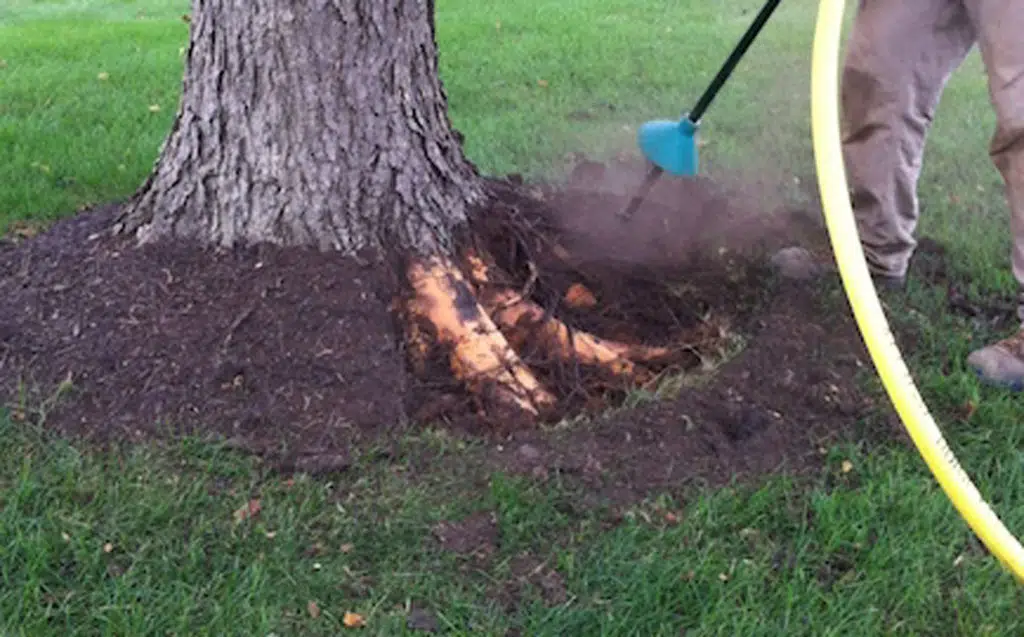
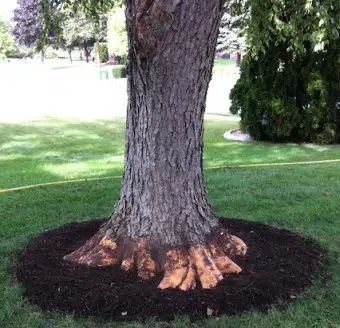
Step 1: An air-powered tool removes the mulch/soil while keeping the roots intact and unharmed.
Step 2: Problematic roots are pruned and removed. Problem roots include:
- roots forming above the main root structure
- girdling roots that encircle and compress the trunk
Step 3: The tree is mulched correctly using the method outlined above.
Sponsored By







